More places
UNESCO World Heritage SchUM
In the Middle Ages, the three Jewish communities in Speyer, Worms and Mainz formed the unique association "SchUM", which continues to shape the Jewish world today. Since July 27, 2021, SchUM has been recognized as the first World Heritage Site dedicated to Jewish heritage in Germany.
What does SchUM mean?
SchUM is an acronym of the first letters of the medieval Hebrew city names:
Schin (Sch) - Schpira / Speyer
Waw (U) - Warmaisa / Worms
Mem (M) - Magenza / Mainz
Synagogues, cemeteries and ritual baths as well as religious traditions tell of their heyday.
Speyer
»Judenhof« Speyer
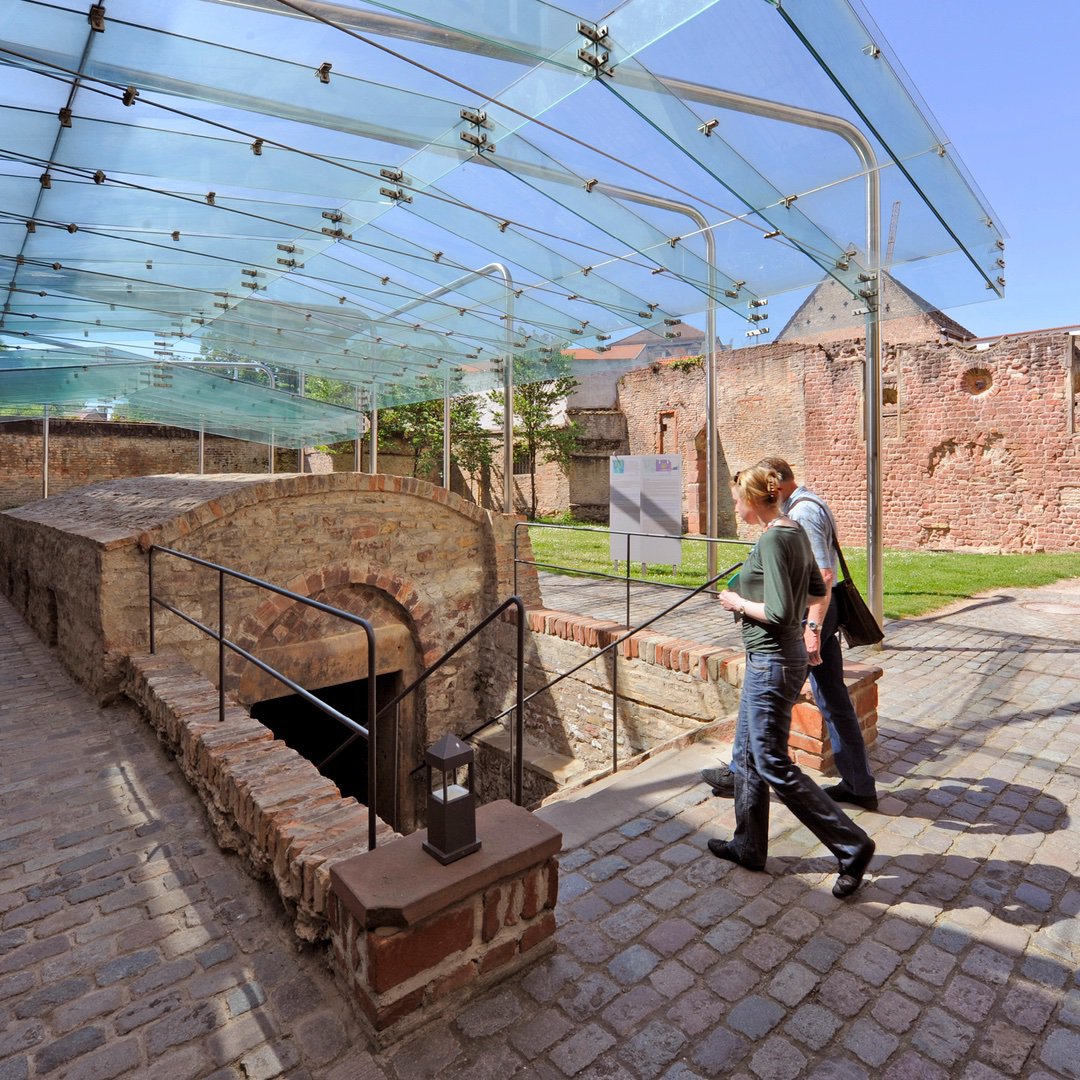
The historic Jewish community center "Judenhof" is an enclosed area within the city containing the excellently preserved mikvah as well as the remains of the medieval synagogue (1104), Frauenschul (c. 1250) and the SchPira Museum.
Speyer mikvah
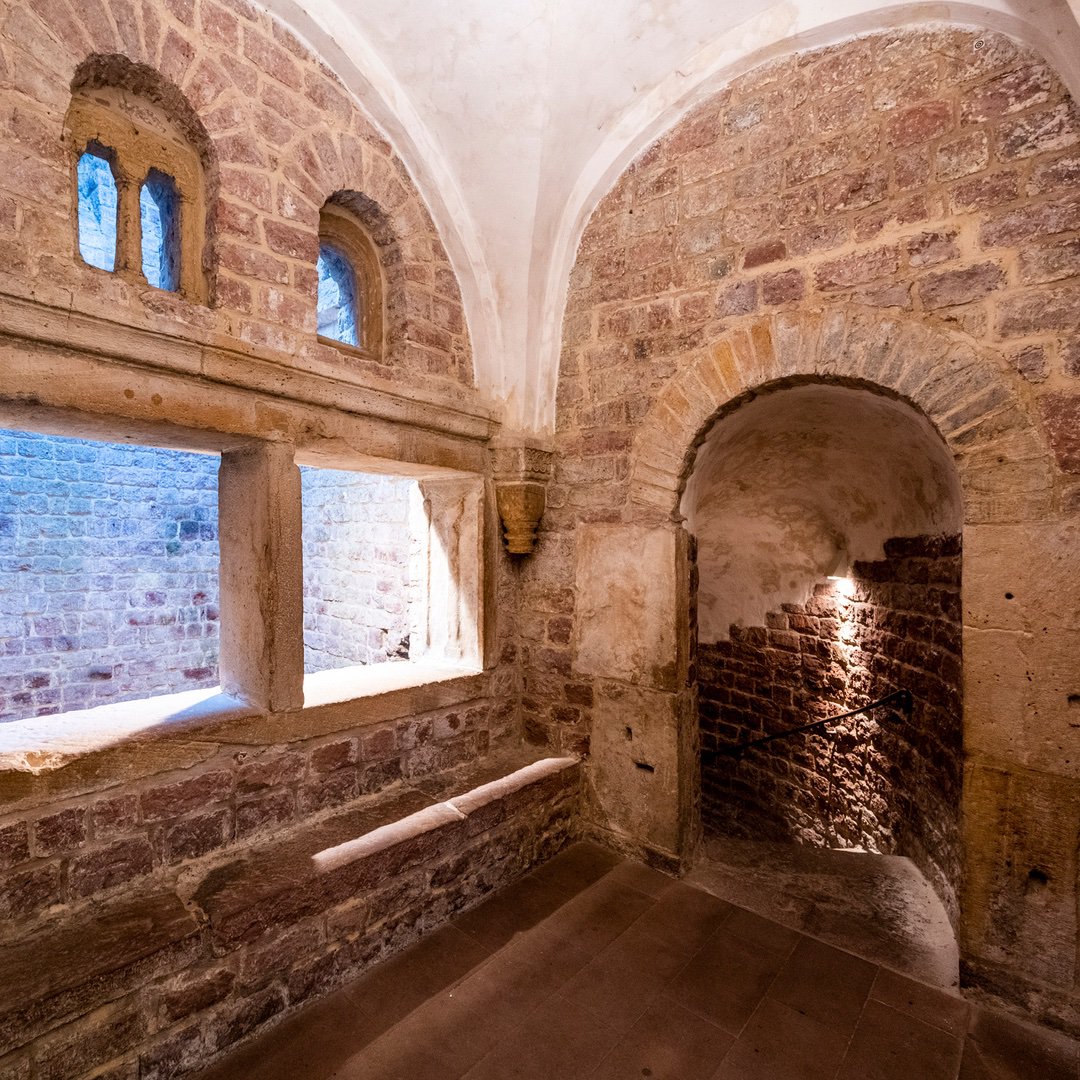
The mikvah was built at the beginning of the 12th century and is considered the first monumental mikvah of this kind in Europe. It was used for ritual purification and was mainly used by women, for example, after giving birth. The anteroom of the bath is decorated with architectural ornaments that refer to the formal language of the Romanesque Speyer Cathedral.
Images by SchUM-Städte e.V.
Worms
SchUM Cemetery "Holy Sand" Worms
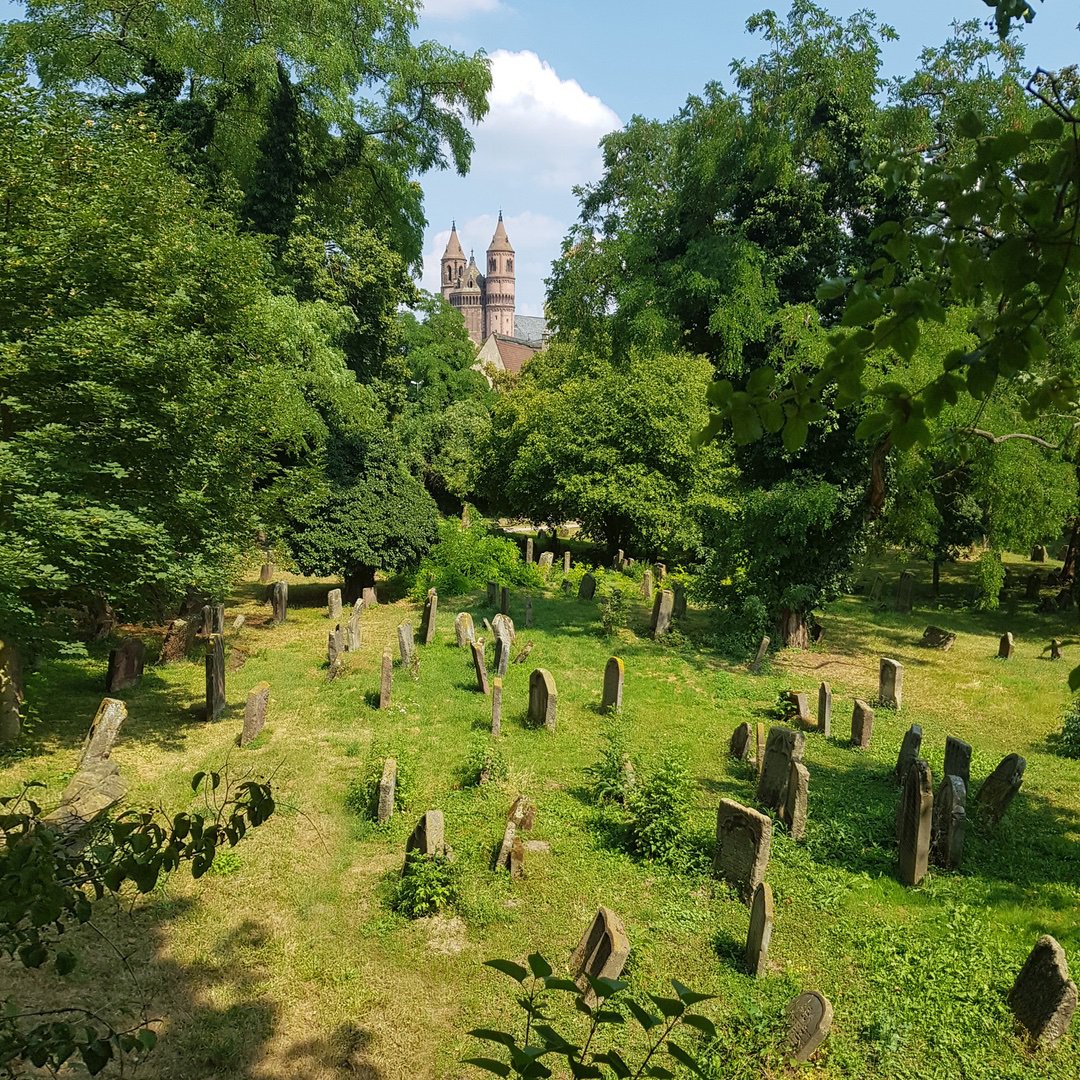
It is the oldest Jewish cemetery in Europe preserved in situ. The oldest gravestones date back to 1058/59. Due to the large number of graves of well-known Jews, it has been a kind of pilgrimage site for Jewish visitors from all over the world since the 14th century. To this day, people pray at the graves of MaHaRam and MaHaRil, among others.
Worms Synagogue District
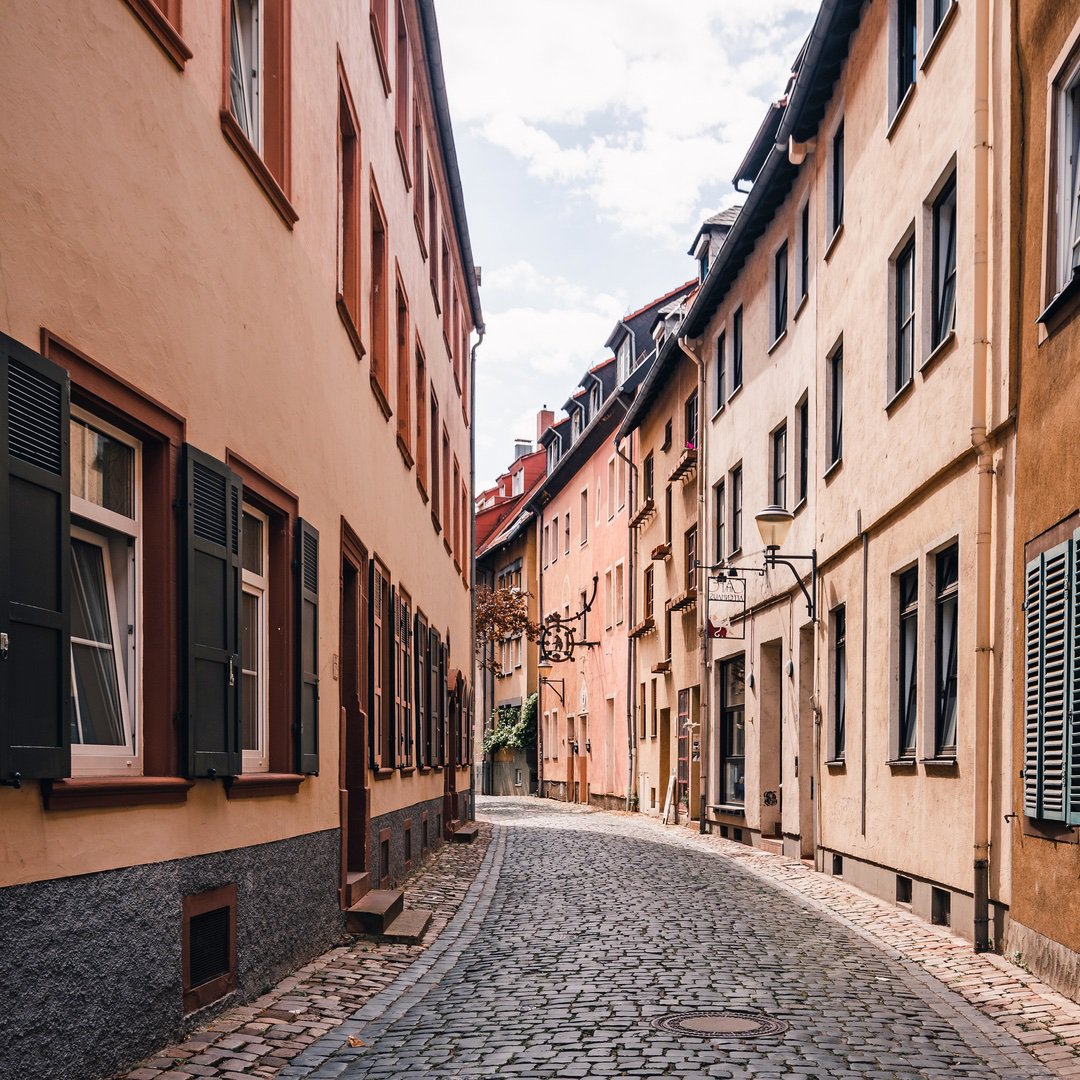
Since the 10th century Jews settled around the synagogue district in the "Judengasse". In addition to the synagogue, the ensemble of the synagogue district includes the mikvah built in 1185/86, the Talmud school including the Rashi chair from the 17th century, and the Jewish Museum Raschi-Haus, which stands on the medieval foundations of the former Jewish community house.
Worms Synagogue
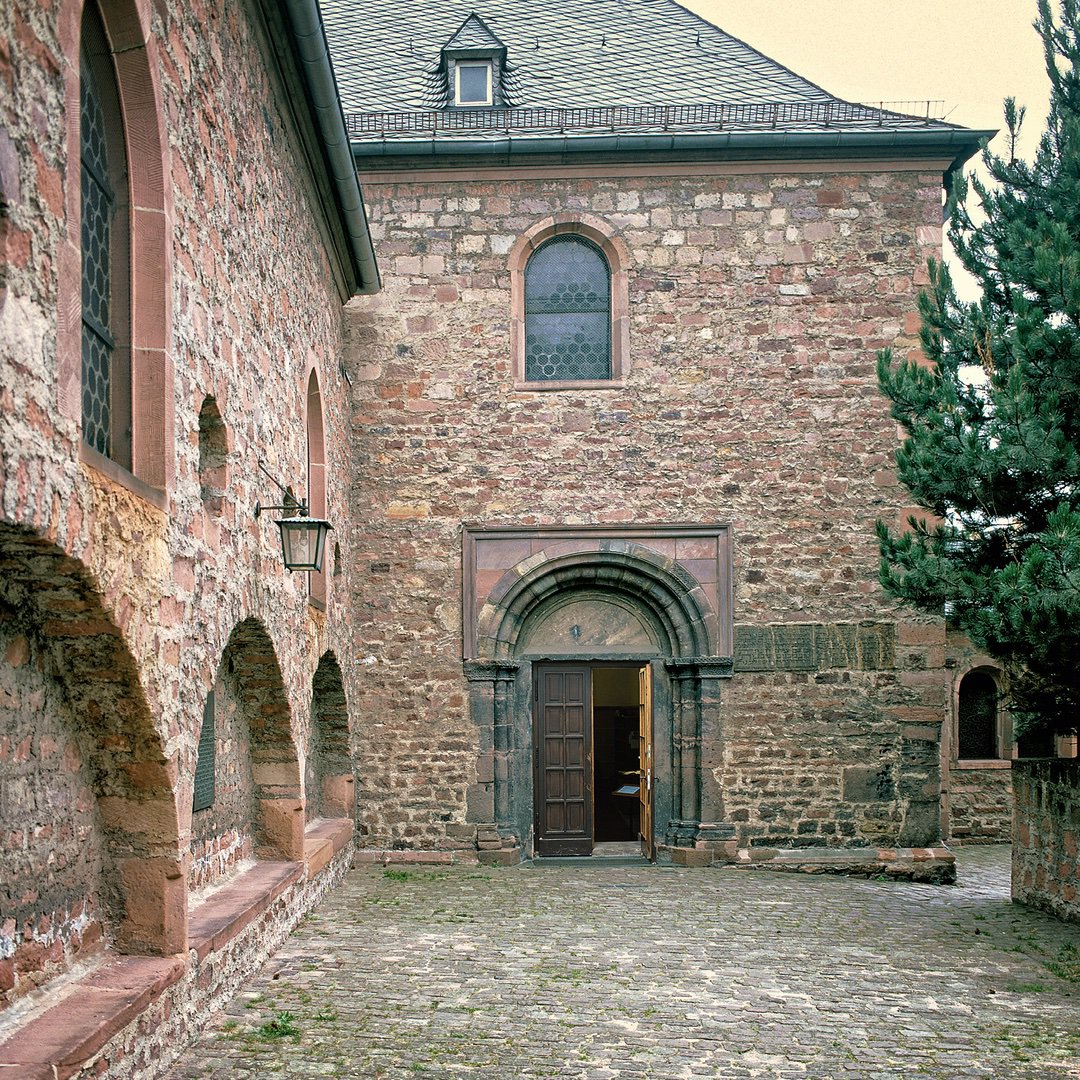
The Worms synagogue is one of the oldest north of the Alps: a founder's inscription at the entrance attests to the year 1034. The new building of 1174/75 became the model for other synagogues, for example in Regensburg, Vienna, Prague or Krakow. The Frauenschul in Worms, built in 1212/13, was also architecturally influential in Europe.
Images by SchUM-Städte e.V.
Mainz
SchUM cemetery "auf dem Judensand" Mainz
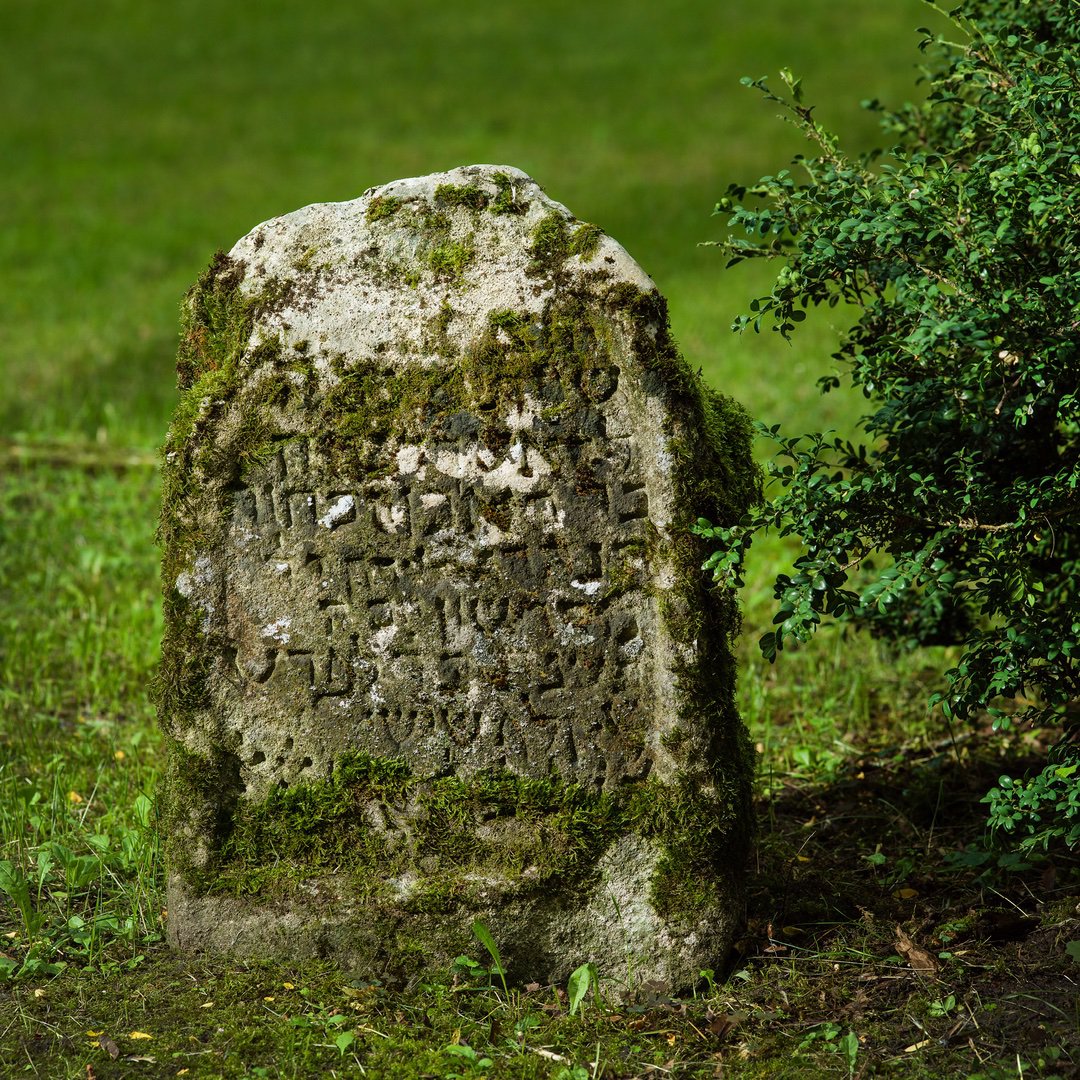
Some of the nearly 1,700 historic gravestones, including the one for Gershom ben Yehuda, who is still highly revered today, date back to the 11th century, which is why the SchUM Cemetery Mainz - along with the SchUM Cemetery "Holy Sand" in Worms - is considered the oldest Jewish cemetery in Europe.
Images by SchUM-Städte e.V.
Wittlich
The Synagogue
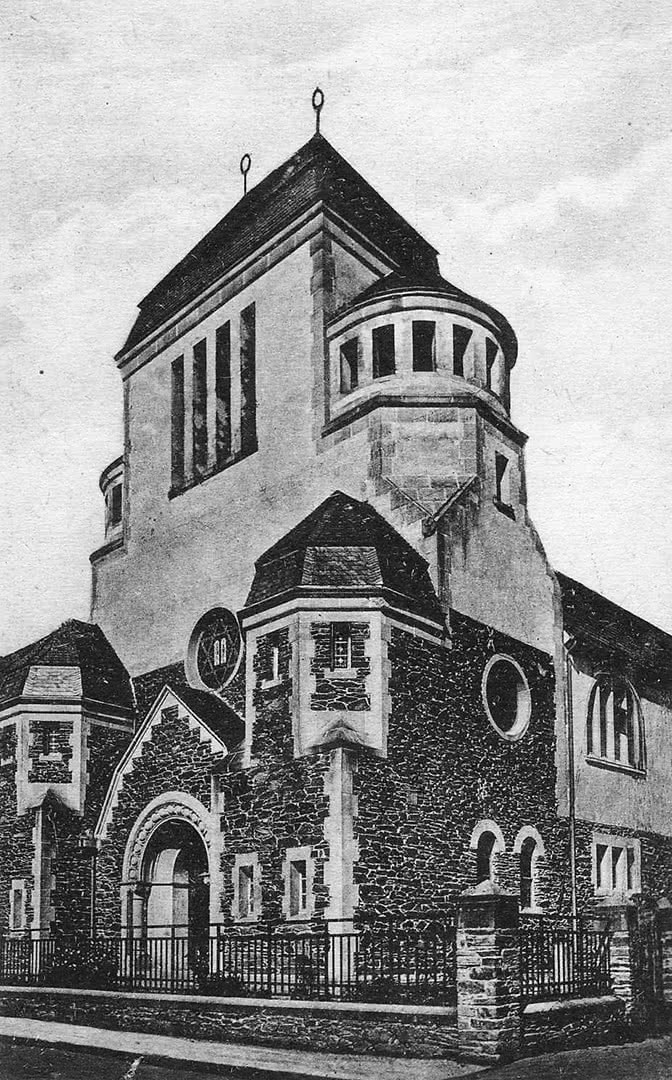
In 1910, the Jewish community built a new synagogue. The whole town celebrated the dedication. In 1938, on November 10, the synagogue was completely destroyed inside. The door was broken with axes. The chandelier shattered on the floor, the window panes were smashed. The interior furnishings were smashed to pieces. Furnishings such as prayer shawls, books, cylinders, etc. were torn, desecrated and thrown into the street. A Torah scroll and remnants of other scrolls were saved and hidden in the Kaufmann house on Tiergartenstraße.
The synagogue of 1910 (archive of the Emil Frank Institute, Wittlich)The Boycott
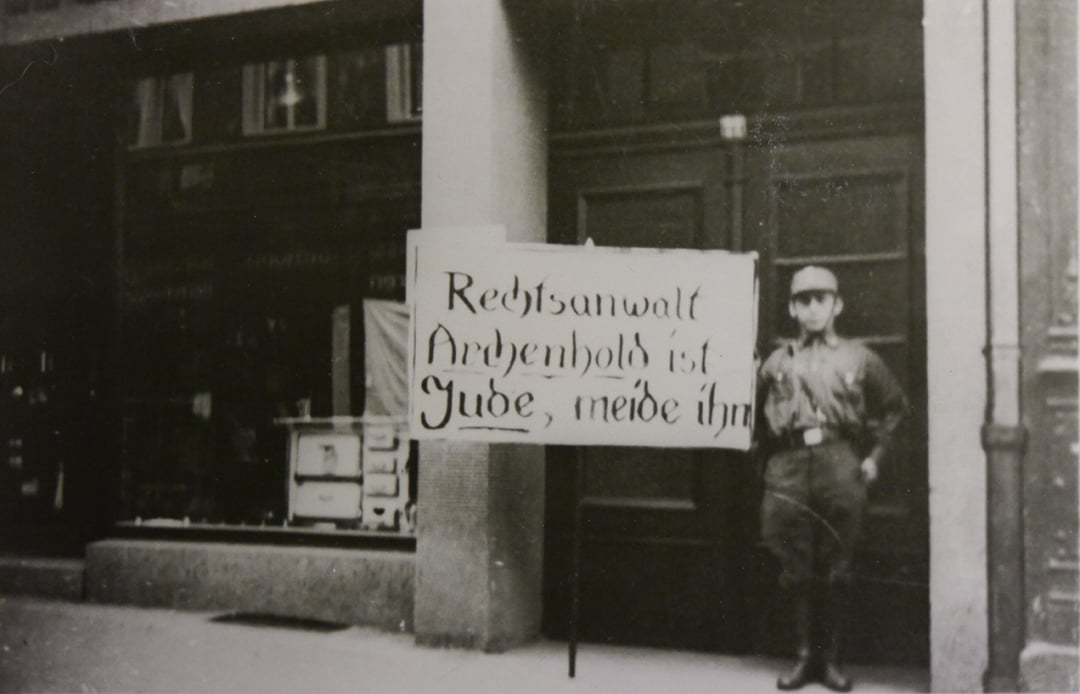
April 01, 1933 had a drastic impact on the lives of Jewish citizens in Wittlich. 268 Jewish citizens lived and worked in the town. Already in the months before there had been rallies and events with Nazi flags, especially on the market square. After April 01, the life of the Jewish citizens increasingly deteriorated. Some were able to escape in time. Many were murdered in the concentration camps.
A picture of the boycott of Jewish stores in April 1933 (Kreisarchiv, Archiv Mehs, Wittlich)Emil Frank
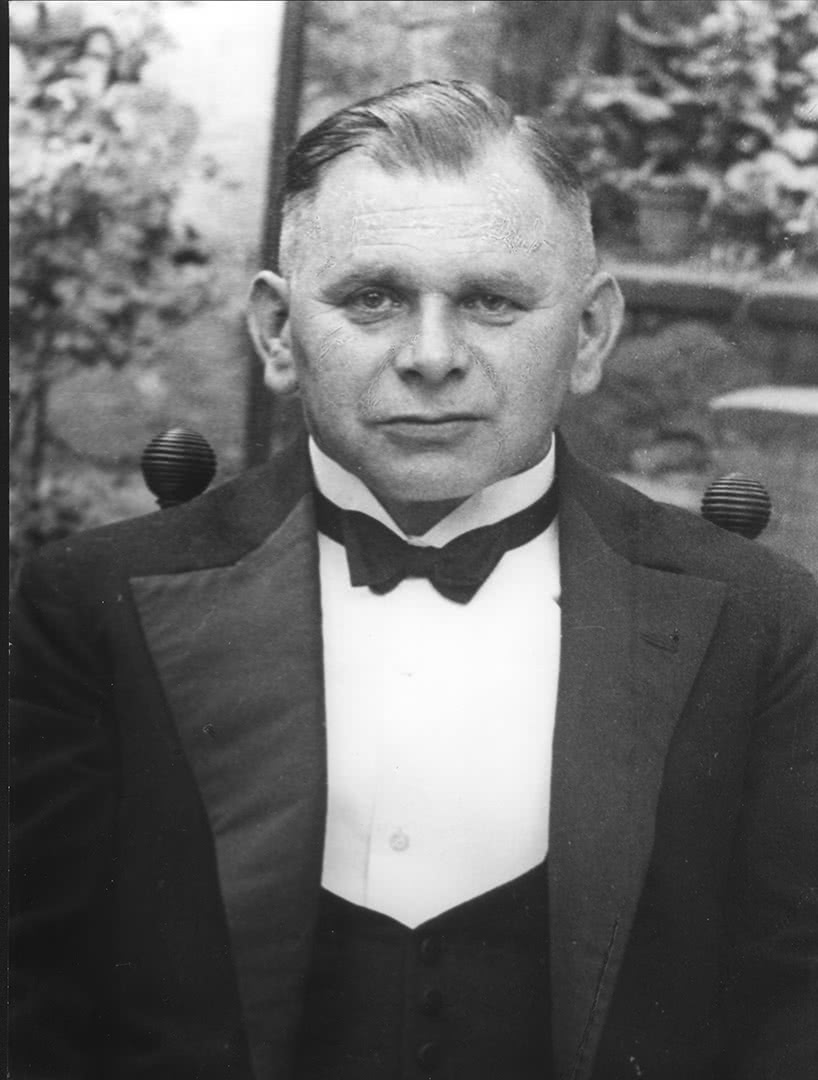
Emil Frank was the last head of the Jewish community in Wittlich. He was strongly connected with his hometown and birthplace Wittlich. His textile department store was known far beyond the borders of the town. In 1936, the Nazis forced him to give up his business. He fled to America and tried to build a new life there.
A photo of Emil Frank, the last head of the synagogue community in Wittlich (Working Group "Jewish Community Wittlich")